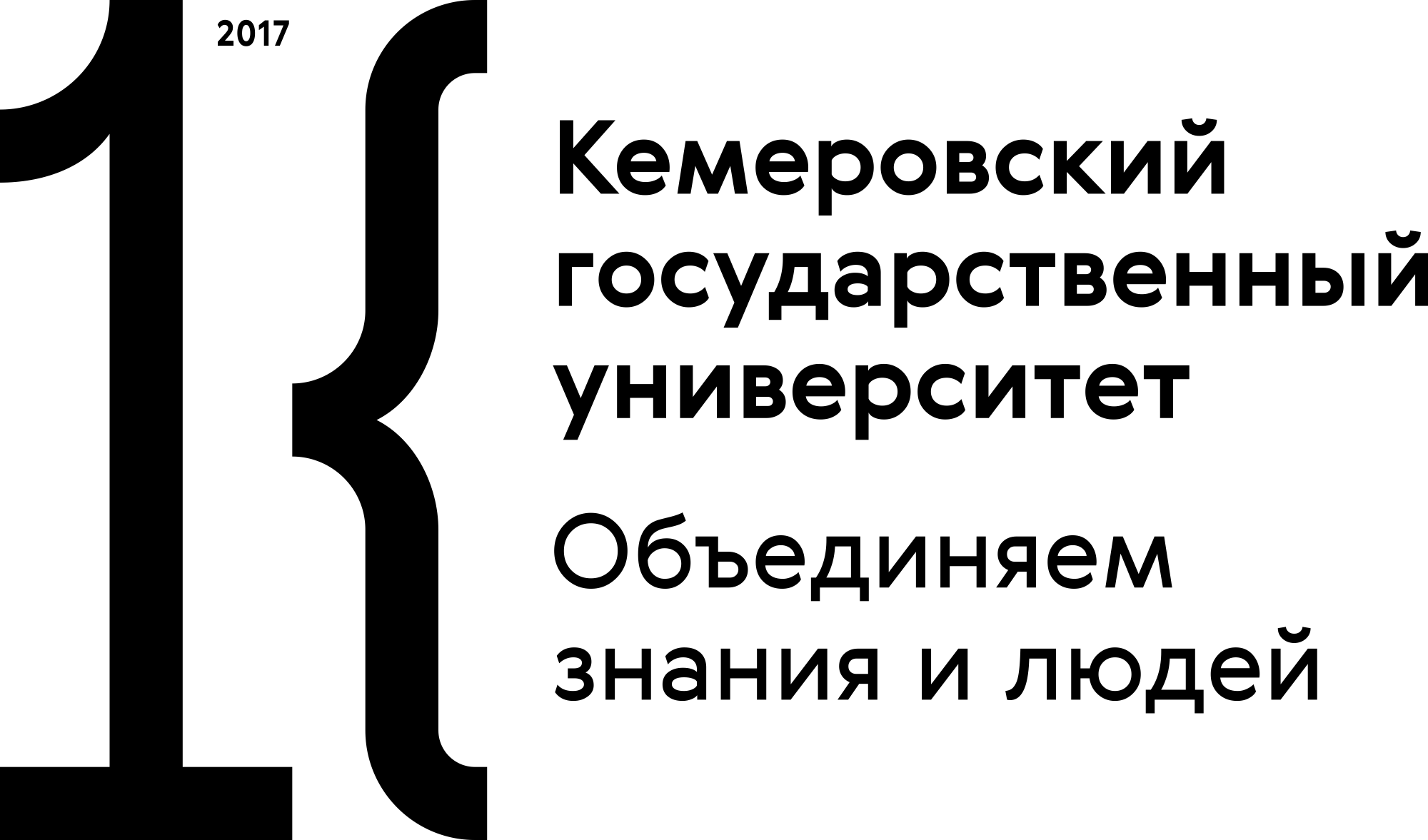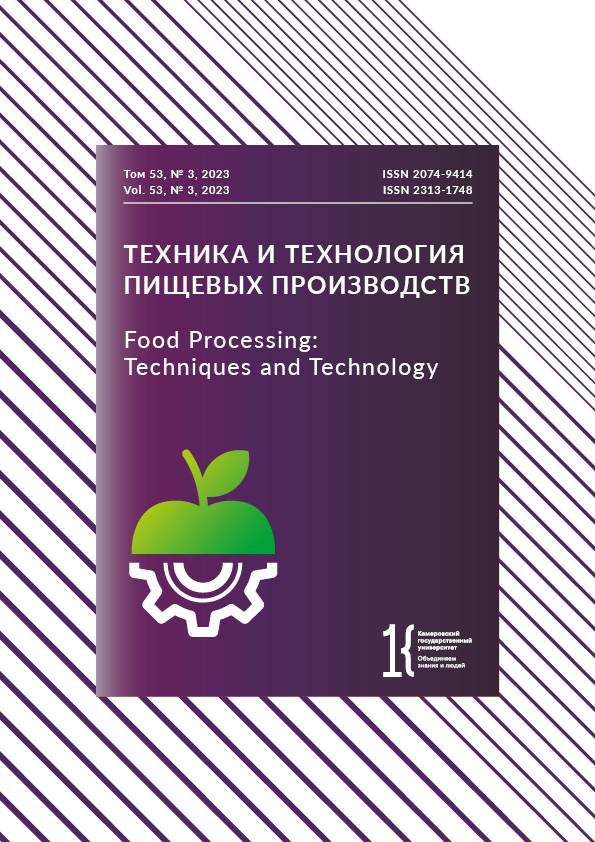Оверри, Нигерия
Оверри, Нигерия
Розелла (Hibiscus sabdariffa L.) принадлежит к семейству мальвовых и произрастает в Западной Африке. В Нигерии ее высушенные лепестки путем кипячения и фильтрации перерабатывают в безалкогольный напиток «зобо». В состав «зобо» входят искусственные подсластители, которым требуется натуральная альтернатива. Цель исследования заключалась в изучении влияния финикового сока, используемого в качестве подсластителя, на физико-химические и органолептические свойства напитка «зобо». В контрольный образец (Zcon) вносился искусственный подсластитель. В экспериментальных образцах соотношение «зобо» и финикового сока составляло 90:10 (ZD10), 80:20 (ZD20), 70:30 (ZD30), 60:40 (ZD40) и 50:50 (ZD50). Образцы были подвергнуты компонентному и физико-химическому анализу, а также органолептической оценке по девятибалльной гедонистической шкале. Физико-химический анализ показал, что образец ZD50 с соотношением «зобо» и финикового сока 50:50 имел самые высокие значения pH (3,5) и содержания сахара (9,5°Bx), тогда как контрольный образец имел самые низкие значения – 2,5 и 0,9°Bx соответственно. Все образцы демонстрировали значимые различия (p ≥ 0,05). Самое высокое содержание влаги было обнаружено в контрольном образце (97,0 %), золы (0,8 %) и липидов (4,8 %) – в образце ZD50. Образец ZD50 продемонстрировал самые высокие результаты по содержанию белка (2,23 %) и сырой клетчатки (2,49 %). Образец ZD40 с соотношением «зобо» и финикового сока 60:40 имел самое высокое содержание углеводов. Контрольный образец получил самые высокие баллы за вкус и комплексное ощущение во рту вкуса, запаха, фактуры и консистенции (p ≥ 0,05). Самую низкую оценку получил образец ZD10 с наименьшей долей финикового сока. Наилучшие результаты получил контрольный образец, за которым следовали образцы Z D40 (60:40) и ZD50 (50:50). Финиковый сок оказался эффективным подсластителем, который повысил питательные свойства традиционного напитка «зобо». Однако органолептический анализ показал, что потребители предпочли контрольный образец с искусственным подсластителем.
Hibiscus sabdariffa, розелла, напитки, подсластитель, Phoenix dactylifera, фитопрепараты, химический состав, физико-химический анализ, органолептическая оценка, кач ество
1. Benmeziane-Derradji F. Nutritional value, phytochemical composition, and biological activities of Middle Eastern and North African date fruit: An overview. Euro-Mediterranean Journal for Environmental Integration. 2019;4. https://doi.org/10.1007/s41207-019-0132-y EDN: https://elibrary.ru/FELZJG
2. Ndinchout AS, Chattopadhyay D, Ascension NM, Kaur V, Singh N, Paul MF. Muffins fortified with Dacryodes macrophylla L. fruit: quality and sensory evaluation. Foods and Raw Materials. 2022;10(1):40-50. https://doi.org/10.21603/2308-4057-2022-1-40-50 EDN: https://elibrary.ru/BJXLLT
3. Ogori AF, Amove J, Evi-Parker P, Sardo G, Okpala COR, Bono G, et al. Functional and sensory properties of jam with different proportions of pineapple, cucumber, and Jatropha leaf. Foods and Raw Materials. 2021;9(1):192-200. https://doi.org/10.21603/2308-4057-2021-1-192-200 EDN: https://elibrary.ru/AOAJMN
4. Shanta FH, Rahut BK, Islam MdJ, Azad MdOK, Sohel MdAT, Rajib MdRR, et al. Development of value-added drinks from date palm juice (Phoenix sylvestris). Heliyon. 2021;7(11). https://doi.org/10.1016/j.heliyon.2021.e08322
5. Rahman MdM, Azad MdOK, Uddain J, Adnan Md, Ali MdC, Al-Mujahidy SKMd, et al. Microbial quality assessment and efficacy of low-cost disinfectants on fresh fruits and vegetables collected from Urban areas of Dhaka, Bangladesh. Foods. 2021;10(6). https://doi.org/10.3390/foods10061325
6. Salami SO, Afolayan AJ. Suitability of roselle-Hibiscus sabdariffa L. as raw material for soft drink production. Journal of Food Quality. 2020;2020. https://doi.org/10.1155/2020/8864142
7. Fasoyiro SB, Babalola SO, Owosibo T. Chemical composition and sensory quality of fruit-flavoured roselle (Hibiscus sabdariffa) drinks. World Journal of Agricultural Sciences. 2005;1(2):161-164.
8. Pires TCSP, Barros L, Santos-Buelga C, Ferreira ICFR. Edible flowers: Emerging components in the diet. Trends in Food Science and Technology. 2019;93:244-258. https://doi.org/10.1016/j.tifs.2019.09.020
9. Riaz G, Chopra R. A review on phytochemistry and therapeutic uses of Hibiscus sabdariffa L. Biomedicine and Pharmacotherapy, 2018;102:575-586. https://doi.org/10.1016/j.biopha.2018.03.023
10. Idowu-Adebayo F, Toohey MJ, Fogliano V, Linnemann AR. Enriching street-vended zobo (Hibiscus sabdariffa) drink with turmeric (Curcuma longa) to increase its health-supporting properties. Food and Function. 2021;12(2):761-770. https://doi.org/10.1039/D0FO02888F
11. Ekanem JO. Microbial, sensory, and nutritional properties of laboratory prepared sorrel (zobo) drinks fortified with spices and sugar. Journal of Global Biosciences. 2018;7(8):5573-5584.
12. Ekanem JO, Daniel UJ, Akpan BC, Akpan EA. Microbiological assessment and proximate composition of sorrel (zobo) drinks sold in Ikot Ekpene metropolis, Akwa Ibom state, Nigeria. Journal of Research in Forestry, Wildlife, and Environment. 2018;10(4):92-99.
13. Younas A, Naqvi SA, Khan MR, Shabbir MA, Jatoi MA, Anwar F, et al. Functional food and Nutra pharmaceutical perspectives of date (Phoenix dactylifera L.) fruit. Journal of Food Biochemistry. 2020;44(9). https://doi.org/10.1111/jfbc.13332
14. Ramezanpour MR, Farajpour M, Yousefian M. Enhancing the quality and quantity of date palm (Phoenix dactylifera) by micronutrients under calcareous soils with a high pH level. Journal of Natural Fibers. 2022;19(15):11749-11762. https://doi.org/10.1080/15440478.2022.2041528
15. Pakkish Z, Mohammadrezakhani S. Comparison of phytochemicals and their antioxidant activity in seven date palm varieties grown in Iran. International Journal of Food Properties. 2020;23(1):1766-1776. https://doi.org/10.1080/10942912.2020.1820516
16. Kumar PS, Yaashikaa PR. Date palm as a healthy food. In: Naushad M, Lichtfouse E, editors. Sustainable agriculture reviews. Vol. 34. Cham: Springer; 2019. pp. 1-17. https://doi.org/10.1007/978-3-030-11345-2_1
17. Salomón-Torres R, Ortiz-Uribe N, Valdez-Salas B, Rosas-González N, García-González C, Chávez D, et al. Nutritional assessment, phytochemical composition and antioxidant analysis of the pulp and seed of medjool date grown in Mexico. PeerJ. 2019;7. https://doi.org/10.7717/peerj.6821
18. Echegaray N, Gullón B, Pateiro M, Amarowicz R, Misihairabgwi JM, Lorenzo JM. Date fruit and its by-products as promising source of bioactive components: A review. Food Reviews International. 2021;39(3):1411-1432. https://doi.org/10.1080/87559129.2021.1934003
19. Hemalatha R, Kumar A, Prakash O, Supriya A, Chauhan AS, Kudachikar VB. Development and quality evaluation of ready to serve (RTS) beverage from Cape gooseberry (Physalis peruviana L.). Beverages. 2018;4(2). https://doi.org/10.3390/beverages4020042
20. Onwuka GI. Food analysis and instrumentation: Theory and practice. 2nd ed. Naphtali Printers; 2018. pp. 299-314.
21. Opara CC, Rexford NL. Production of wine from zobo (Hibiscus sabdariffa) flower juice. Journal of Biochemical Technology. 2021;3(4):436-437.
22. Echegaray N, Pateiro M, Gullón B, Amarowicz R, Misihairabgwi JM, Lorenzo JM. Phoenix dactylifera products in human health - A review. Trends in Food Science and Technology. 2020;105:238-250. https://doi.org/10.1016/j.tifs.2020.09.017
23. Shruthi VH, Ramachandra CT. Roselle (Hibiscus sabdariffa L.) calyces: A potential source of natural color and its health benefits. In: Deka SC, Seth D, Swami Hulle NR, editors. Food bioactives: Functionality and applications in human health. New York: Apple Academic Press; 2019. pp. 169-190. https://doi.org/10.1201/9780429242793
24. Izah SC, Orutugu LA, Kigigha LT. A review of the quality assessment of zobo drink consumed in Nigeria. ASIO Journal of Microbiology, Food Science and Biotechnology Innovations. 2015;1(1):34-44.
25. Mahomoodally F, Ramcharun S, Zengin G. Onion and garlic extracts potentiate the efficacy of conventional antibiotics against standard and clinical bacterial isolates. Current Topics in Medicinal Chemistry. 2018;18(9):787-796. https://doi.org/10.2174/1568026618666180604083313
26. Adesokan IA, Abiola OP, Adigun MO, Anifowose OA. Analysis of quality attributes of hibiscus sabdariffa (zobo) drinks blended with aqueous extract of ginger and garlic. African Journal of Food Science. 2013;7(7):174-177. https://doi.org/10.5897/AJFS12.152
27. Banoke YO, Tanimola AO, Odunukan RO, Samuel DO. Preservation of zobo drink (calyces of Hibiscus sabdariffa) using kolanut. Academic Journal of Interdisciplinary Studies. 2013;2(10):17-23. https://doi.org/10.5901/ajis.2013.v2n10p17
28. Bahraimian S, Mehrdad M, Mohommad M, Abbas G. Optimization of enzymatic extraction of sugars from kabkab date fruit. Middle-East Journal of Scientific Research. 2011;7(2):211-216.











